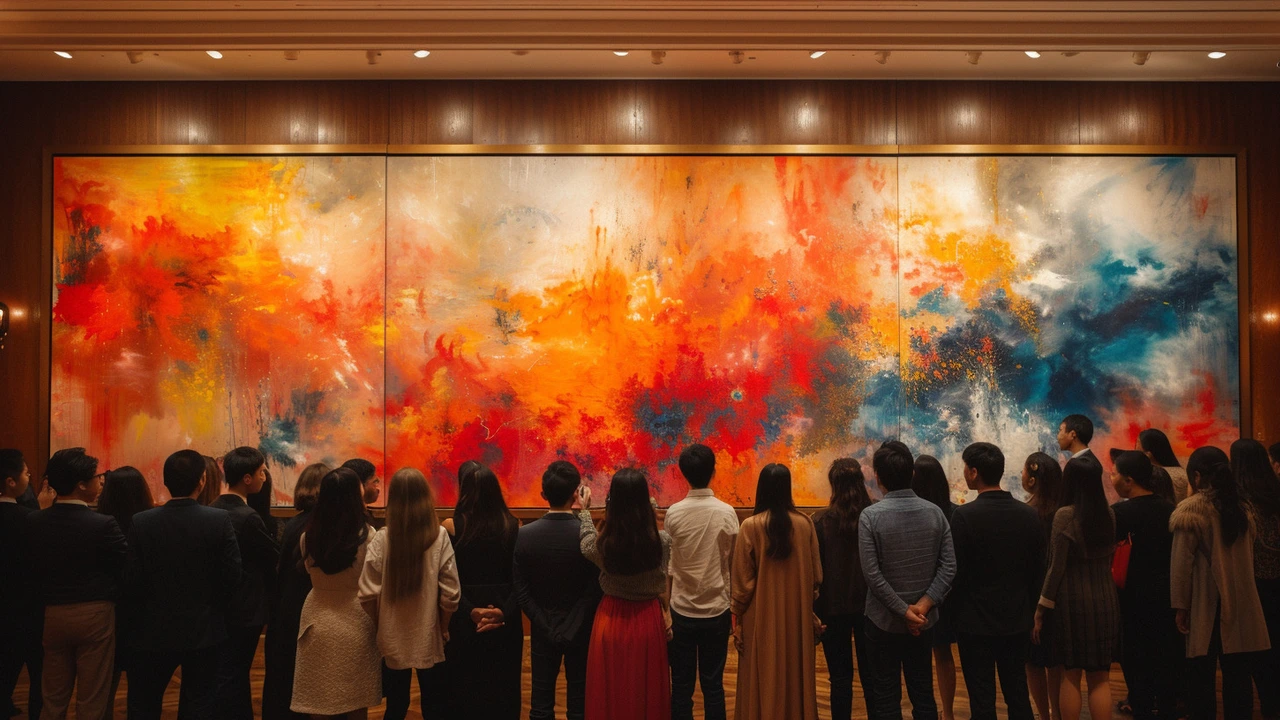Traditional Art Conventions: What They Are and How to Use Them
Linear perspective only became standard in Western painting around the 1400s — before that, artists used very different tricks to show space. That shift is a great example of what we mean by "traditional art conventions": repeatable rules artists have used for centuries to make images read clearly. Want to paint believable space, a dramatic face, or a convincing figure? These conventions are your toolbox.
Core conventions to know
These are the practical rules you’ll see again and again:
Perspective: Use a horizon line and vanishing point(s) to place objects in space. One-point perspective works well for straight-on interiors; two-point is better for corners and streets.
Proportion and anatomy: Learn basic human measurements (head-to-body ratios, joint placements). Even rough accuracy sells a believable figure.
Composition: Balance, focal point, and movement guide the eye. Try the rule of thirds or use diagonals to create energy. Think in shapes—group darks, lights, and color masses.
Light and value (chiaroscuro): Strong light and shadow build volume. Block in big values first, then refine edges and midtones to sell form.
Color harmony: Limit palettes early. Warm vs. cool contrasts and muted neutrals help your main color pop without chaos.
When to follow — and when to break — conventions
Conventions help you avoid beginner mistakes fast. If a piece needs realism or clear storytelling, follow the rules until they feel natural. Practice perspective, study anatomy, and copy old masters to learn their shortcuts.
Want to stand out? Break rules on purpose. Push perspective for drama, exaggerate proportion for style, or ignore strict lighting for mood. The trick is knowing the rule well enough to bend it without the image collapsing.
Here are quick, practical steps you can use right away:
1) Sketch big shapes and horizon first. If the space reads, details will fall into place. 2) Block values before color. Value controls form and focus. 3) Use photo refs to study proportion and light, but redraw — don’t trace. 4) Limit your palette to three main colors on your first pass. 5) Test one intentional "rule break" per piece (odd angle, distorted limb, weird color) and see how it affects the mood.
Traditional conventions aren’t museum rules—they’re tools. Learn them, use them, then decide when bending or breaking a rule makes your art stronger. Want examples from different movements or step-by-step demos? Check the site’s posts on photorealism, Baroque, and cubism to see how artists adapted these conventions across styles.
Ready to practice? Pick a simple scene, set a horizon, block values, and finish one small study using just these steps. You’ll see how fast conventions speed up clear, convincing results.

